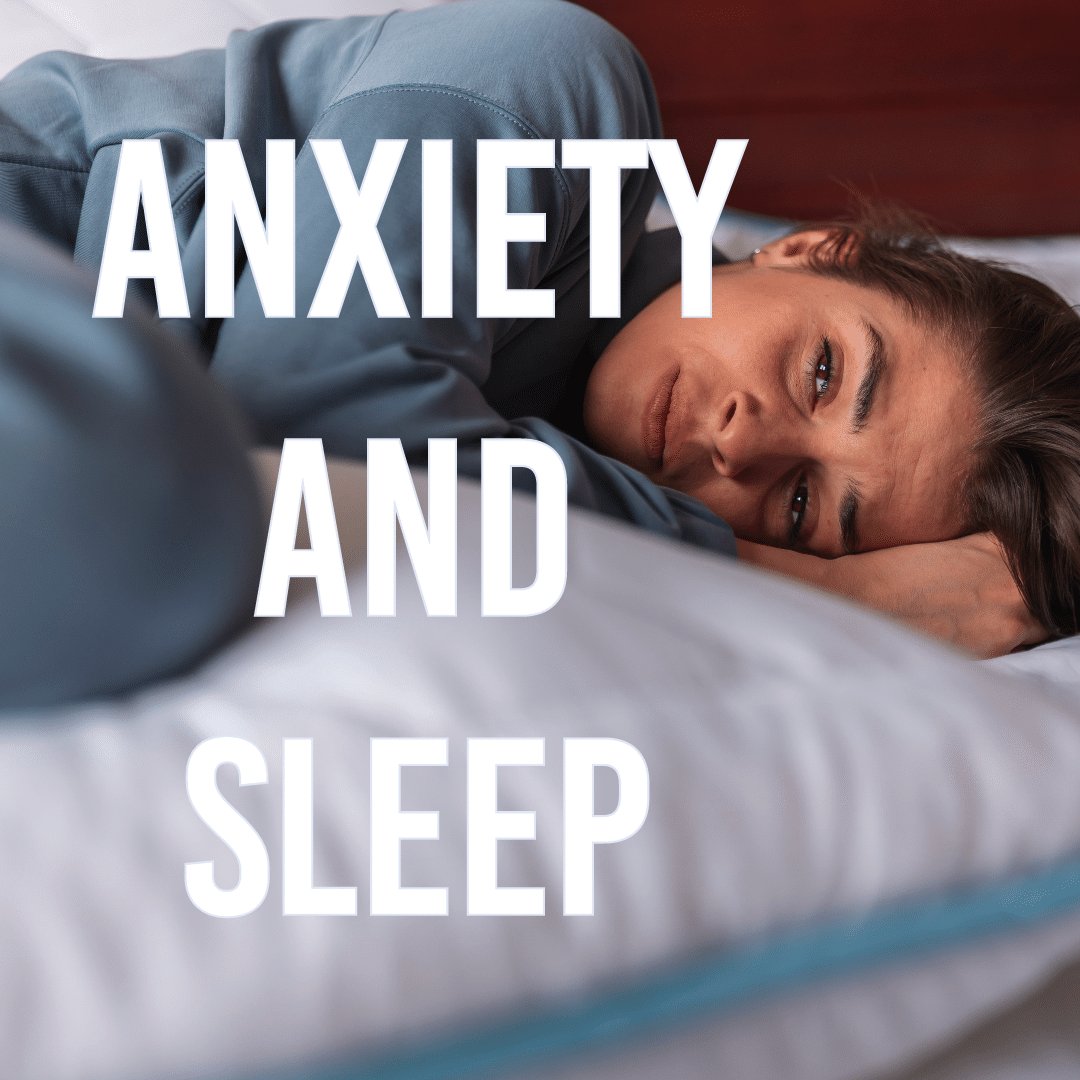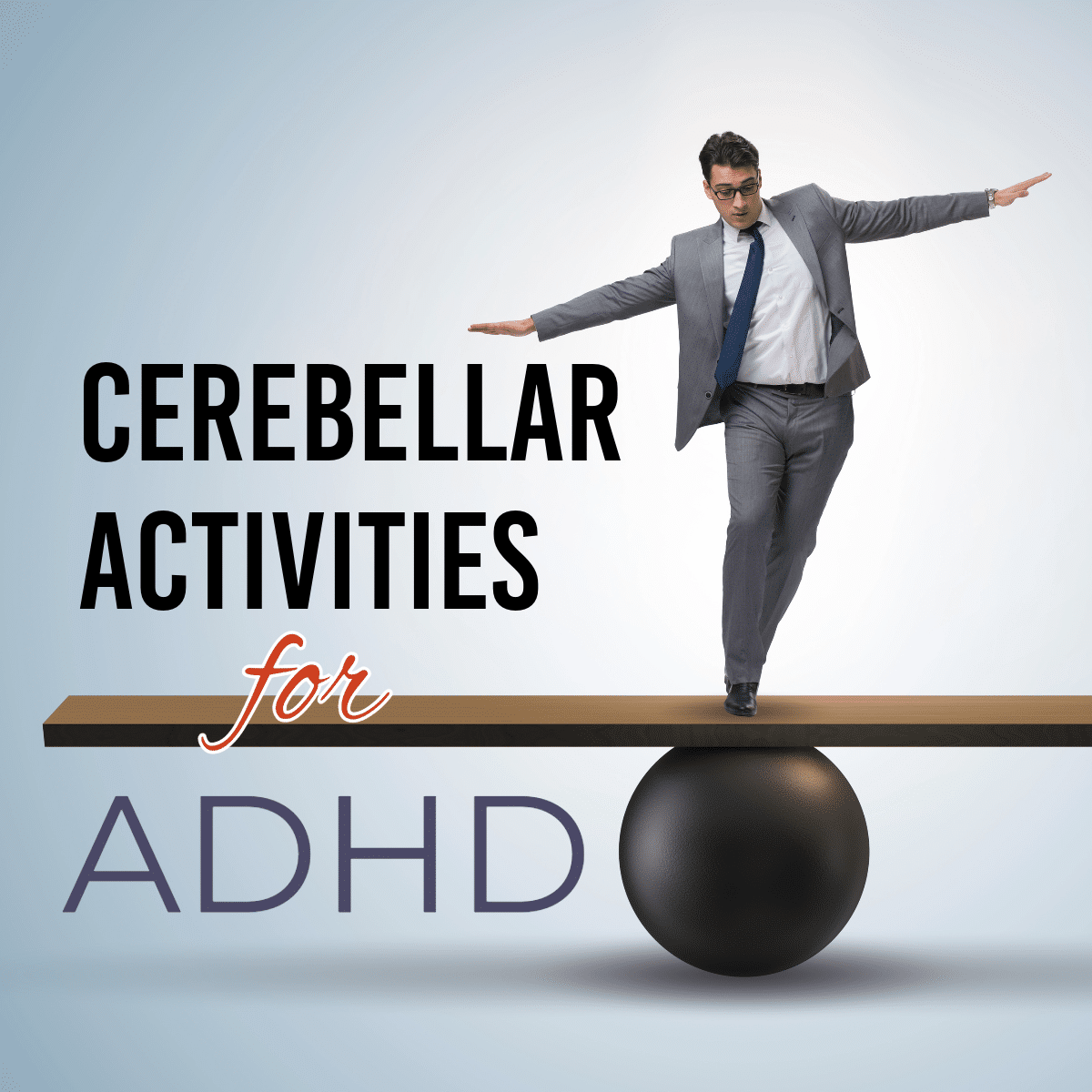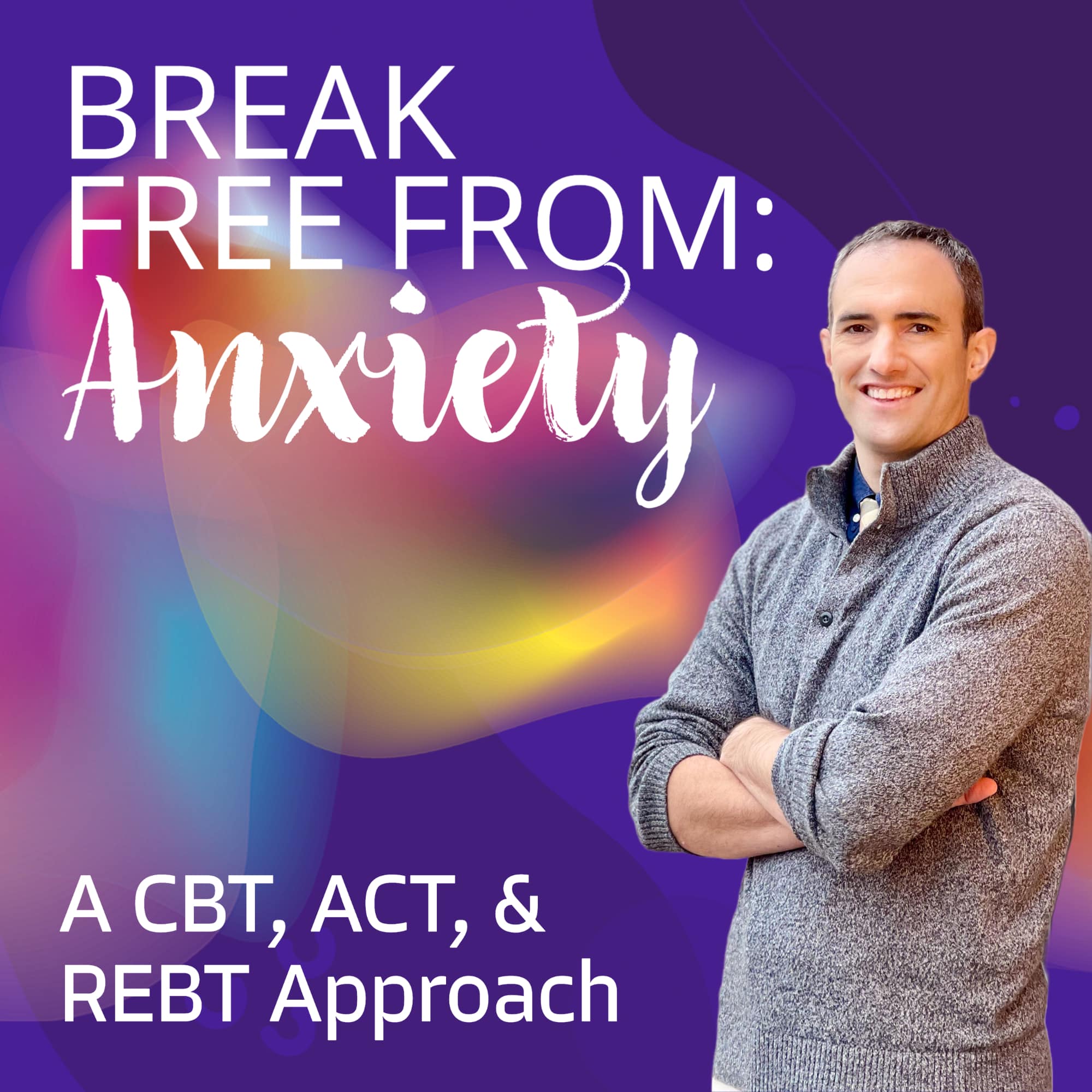Cannabadiol Receptors
- CB1: CNS and PNS
- CB2: Lymphoid and immune tissues (helps mediate inflammatory response associated with pain; Mackie, 2006)
Endogenous cannabinoids: anandamide, 2-arachiodynlgycerol.
FDA Approved cannabinoids
- Dronabinol (Marinol): synthetic THC in 2.5, 5 and 10 mg capsules. Syndros is the liquid form. FDA approved for chemo nausea, and appetite in HIV. Use is limited by its variable onset of action, intoxication and dysphoria. Marinol is Schedule III, Syndros is Schedule II.
- Nabilone (Cesamet): synthetic THC in 1 or 2 mg doses. Schedule II.
- Epidiolex: CBD. FDA approved 6/2018 for Lennox-Gastaut and Dravet
Outside of US:
- Nabiximol (Sativex) 2.7 mg THC, 2.5 mg CBD (approved in Canada since 2005 for central neuropathic pain, MS, and cancer pain)
- Cannador THC:CBD = 2:1
Aside: “Hemp” and marijuana are both derived from the cannabis sativa plant, but are different strains. Hemp is required to have less than 0.2% THC. A common variety of hemp strains are: Charlotte’s Web, Berry Blossom
Synthetic MJ /Spice/K2 – full agonists of CB1 and CB2 (THC is a partial agonist) associated with seizures, hallucinations, etc…
Hypothesized mechanisms to explain marijuana controlling pain (Russo)
- CB receptor directly mediates analgesia.
- Low anandamide levels found in migraineurs (Sarchielli, 2006)
- Blocking endocannabinoids (with rimonabant) can produce hyperalgesia in mice
- THC decreases 5-HT release from platelets
- THC reduces NMDA responses (affecting central sensitization syndromes)
- THC is a neuroprotective antioxidant (inhibits glutamate neurotoxicity), and has anti-inflammatory properties (inhibits PGE-2 synthesis, decreases platelet aggregation).
- Cannabinoids reduce hyperalgesia via inhibition of calcitonin gene-related peptide.
- THC stimulates beta-endorphin production
- CBD inhibits TNF-alpha
- Other phytocannabinoids such as CBC shows anti-inflammatory properties, and CBG exhibits GABA reuptake inhibition
- Terpenoids, such as myrcene, have activity that can be blocked by naloxone, and also block inflammation via PGE-2
- Flavenoids also inhibit TNF-alpha, and PGE-2

Cochrane Review (2018) Cannabis‐based medicines for chronic neuropathic pain in adults
- These authors searched for studies on marijuana and pain and found roughly 1400 studies, and then excluded studies where individuals had a history of substance use disorder, pain duration less than 2 weeks, fewer than 10 participants in treatment arm
- In total there were 16 studies and 1750 participants. There was no “high quality” study. Difficult to blind participants with a psychoactive medication.
- The 16 studies were comprised of multiple sclerosis pain (5 studies), diabetic polyneuropathy (3), plexus injury (1), spinal cord injury (1), HIV neuropathy (1), chemo neuropathy (1), peripheral of various etiologies (3), mixed central and peripheral (1).
- Overall, the quality of the data was low. There was some evidence that showed marijuana provided a 30% reduction in pain however, there was a significant difference in the dropout rates due to side effects with the marijuana group compared to placebo.
Main side effects of marijuana limiting its use
- Dry mouth, orthostatic hypotension, tachycardia, sedation, confusion, psychosis. Memory impairment can abate after a few weeks of abstinence.
- Smoking it can lead to bronchial irritation
- Cannabis hyperemesis syndrome (diagnostically similar to cyclic vomiting syndrome, as those with CVS can use MJ to self-medicate. Unlike CHS, those with CVS more likely to have a personal or family hx of migraine, psych comorbidities, have “triggers” and do not have compulsive bathing for relief)
- Debate about the relationship with schizophrenia
- Debate over whether there is a withdrawal syndrome
Possible treatments for marijuana dependence
Weak evidence to tx withdrawal or to modify subjective effects of marijuana
- Nefazodone (450/day), naltrexone (12.5-100/day), zolpidem (12.5/day), tiagabine (6-12/day), mirtazapine (30/day), quetiapine (up to 200 mg/day)
For treatment of THC dependence
- Oral THC, did not change self-administration but decreased positive effect of smoked THC (Hart, 2002)
- Rimonabant (cannabinoid antagonist) decreased subjective effects of marijuana
Nabiximols (THC+CBD) as an agonist replacement for cannabis withdrawal
- Study of 51 individuals randomized to 6 day regimen of nabiximol or placebo. Was found to have a significantly reduced severity of cannabis withdrawal compared to placebo, measured by irritability, depression, and cannabis cravings.

 Bruce Bassi
Bruce Bassi





